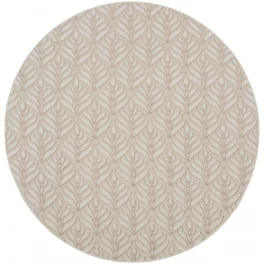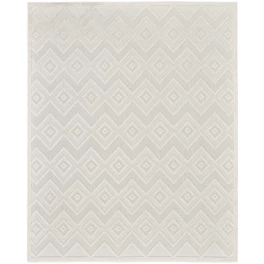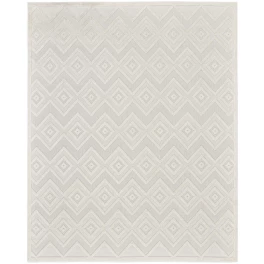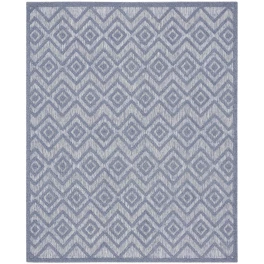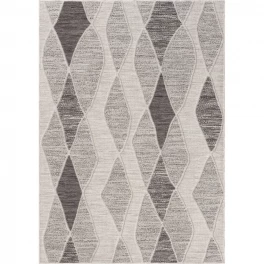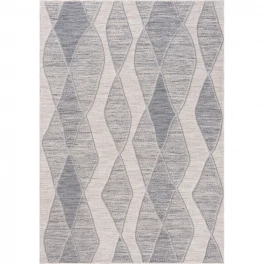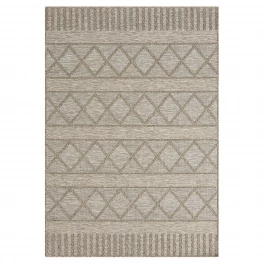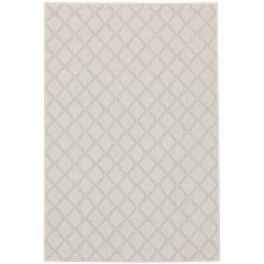Indoor pest control is something every homeowner must consider. But it’s not as simple as just hiring an exterminator and calling it a day. In fact, there are many considerations to think about.
If you’re anything like me, it’s hard to balance the need for pest control with the idea of my children and pets coming into contact with potentially dangerous substances. Chemicals? Not interested! Bugs? Gross (and I’m still definitely not interested). So, how do any of us find a balance between a pest-free home and exposure to chemicals?
Researching is a good first step so that you know exactly what to expect if you do decide to use some sort of indoor pest control method.
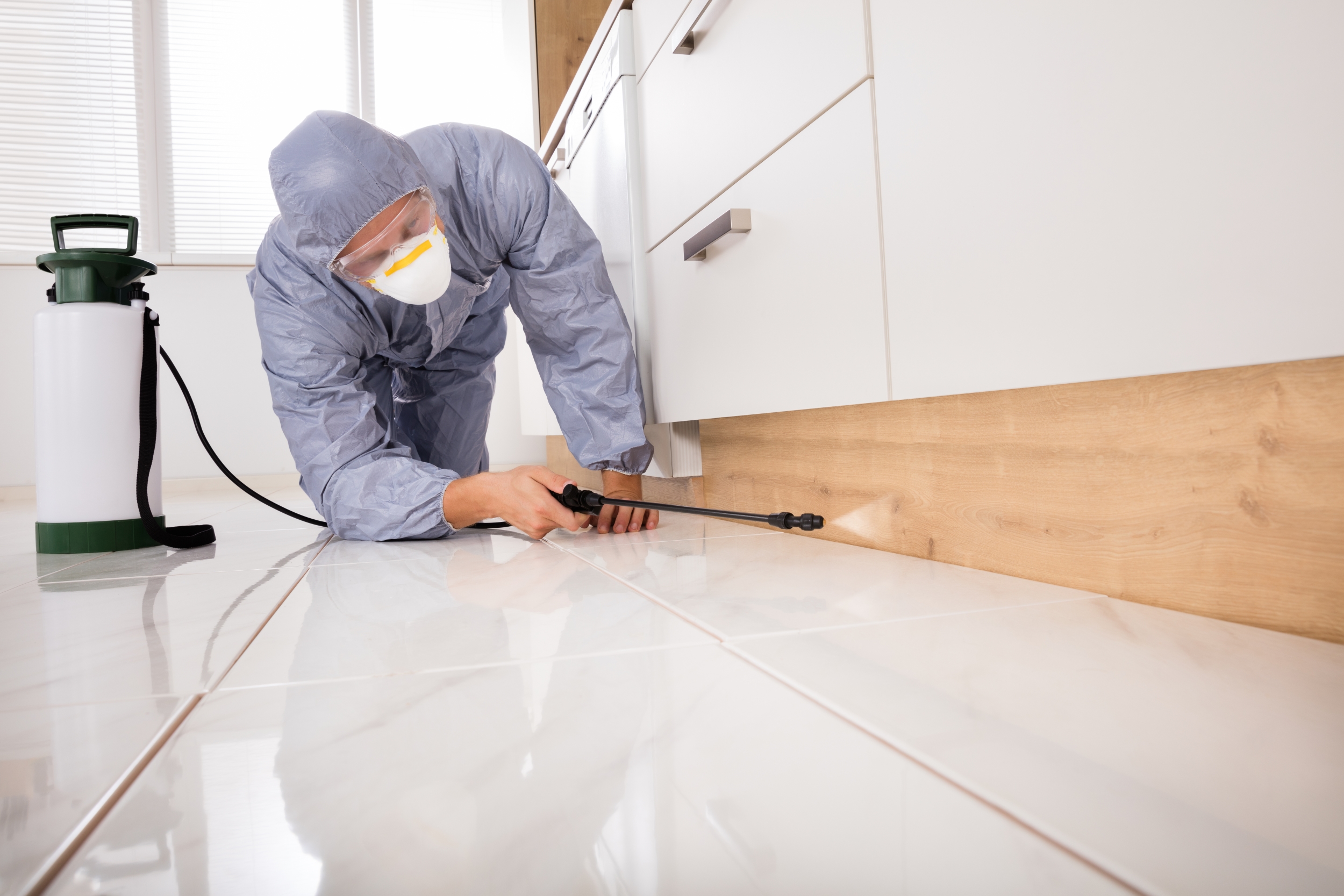
Photo by Andrey_Popov on Shutterstock
Before you call your local pest control company and get on the books for a floor-to-ceiling spray down, ask yourself the following:
1. What Chemicals Do They Use?
A reputable pest control company will do two things regarding chemicals:
- Tell you the ingredients if you ask or possibly even put a list of them on their website.
- Only use pesticides as needed according to your particular pest issues.

Photo by Andrey_Popov on Shutterstock
There are a number of active ingredients in a typical pesticide. Here are some of the most common chemicals:
- Permethrin: This is, by far, the pesticide most often used by exterminators and DIY homeowners. It’s a synthetic product made to mimic the effects of chrysanthemum extract (crazy, right?). This chemical causes nerve damage in insects once it’s ingested.
- MGK-264: To ensure the permethrin is effective, many pest control companies add this chemical. It doesn’t do anything to harm the bug, but rather just makes the permethrin that much stronger.
- Hydramethylnon: If you have a problem with termites, silverfish, roaches, or ants, your exterminator may use baits made of this chemical. Once ingested, the bait slowly kills the insect. Because it’s a slow process, pests usually carry the bait to their colonies and share it, which results in a thorough extermination.
2. Where Do They Spray?
Most pest control companies that spray indoors do so sparingly because they know that, chances are, you really don’t want to inhale, ingest, or wind up accidentally touching any sort of pesticide.
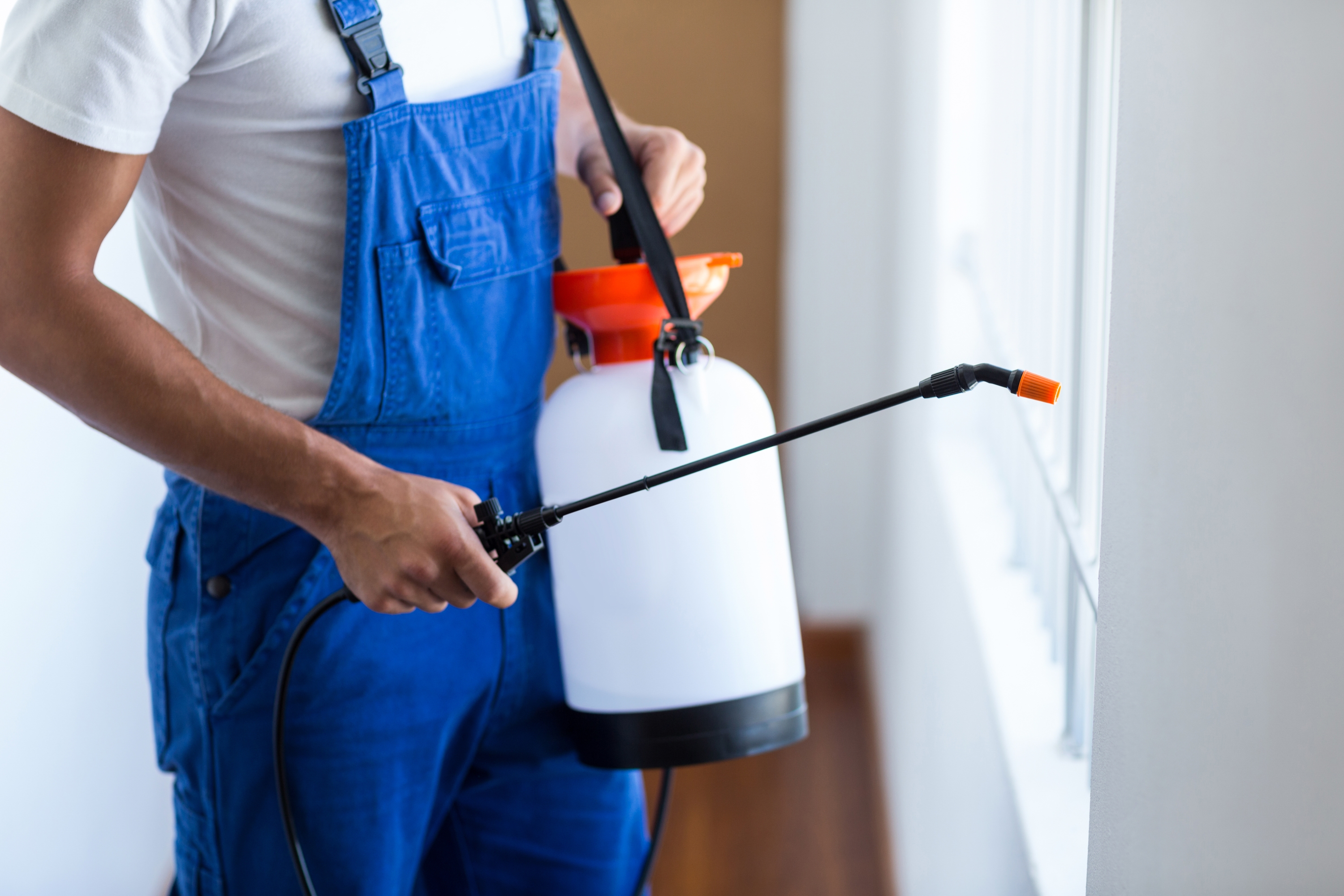
Photo by wavebreakmedia on Shutterstock
During a typical monthly/quarterly inspection and preventative spray, an exterminator will focus on the interior perimeter and especially doorways and windows. Don’t be surprised if they also use chemicals under your kitchen sink and in bathrooms.
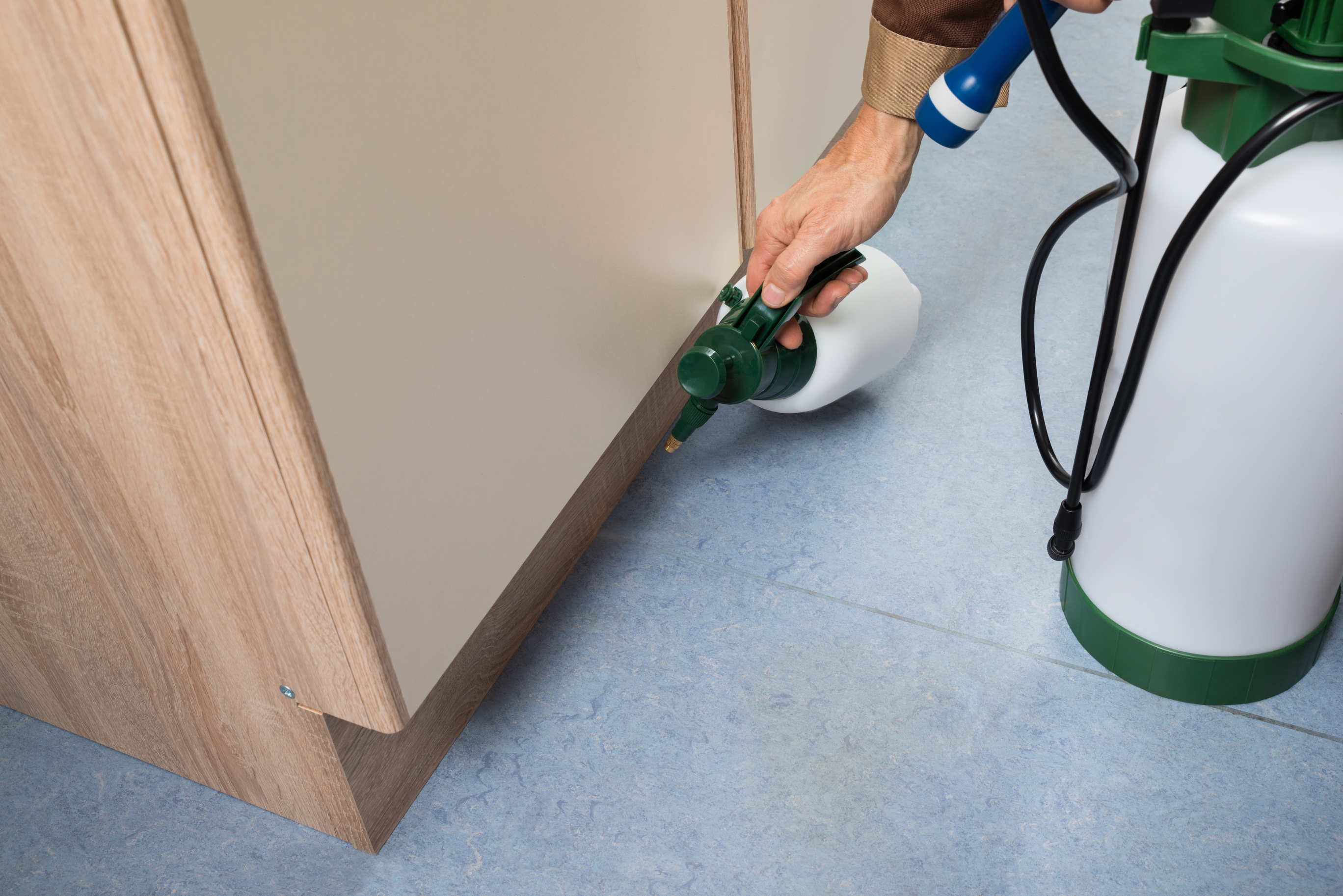
Photo by Andrey_Popov on Shutterstock
3. Are the Pests in my Home Dangerous?
I get it. Bugs aren’t fun to have around. Here in North Carolina, I’m randomly greeted by a large American cockroach in my garage and it takes everything in my power to not burn down my house.
But, in all honesty, some pests aren’t dangerous to have around if there’s no indication of infestation. Most ants, American roaches, and just a few silverfish are fine to have around. If you don’t notice many of them, then try spot-removal as needed.
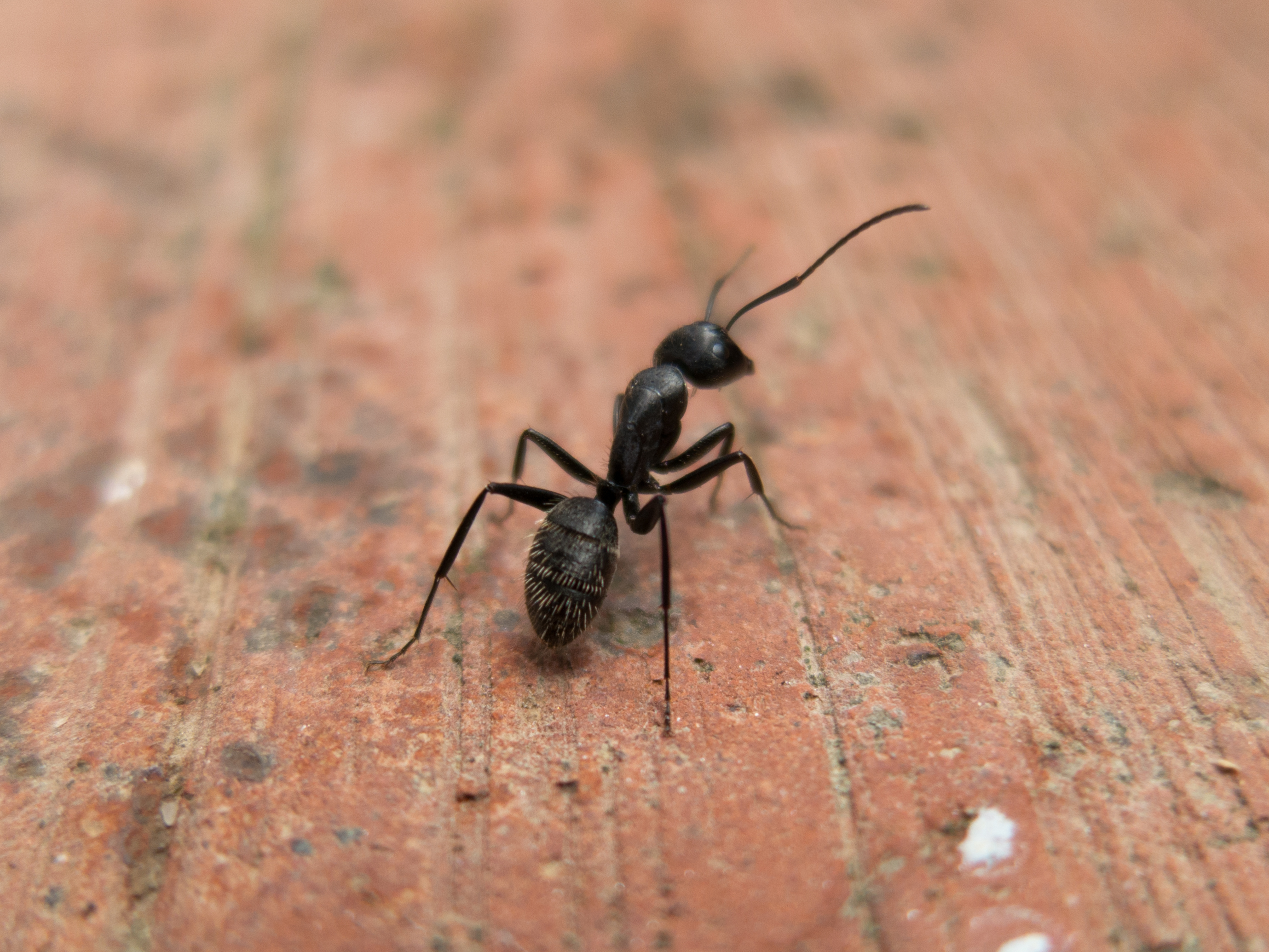
Photo by Bence Sibalin on Shutterstock
However, if your home has carpenter ants, termites, bed bugs, German cockroaches, or even honeybees, call a professional immediately. These pests can do major damage to both your health and your home.
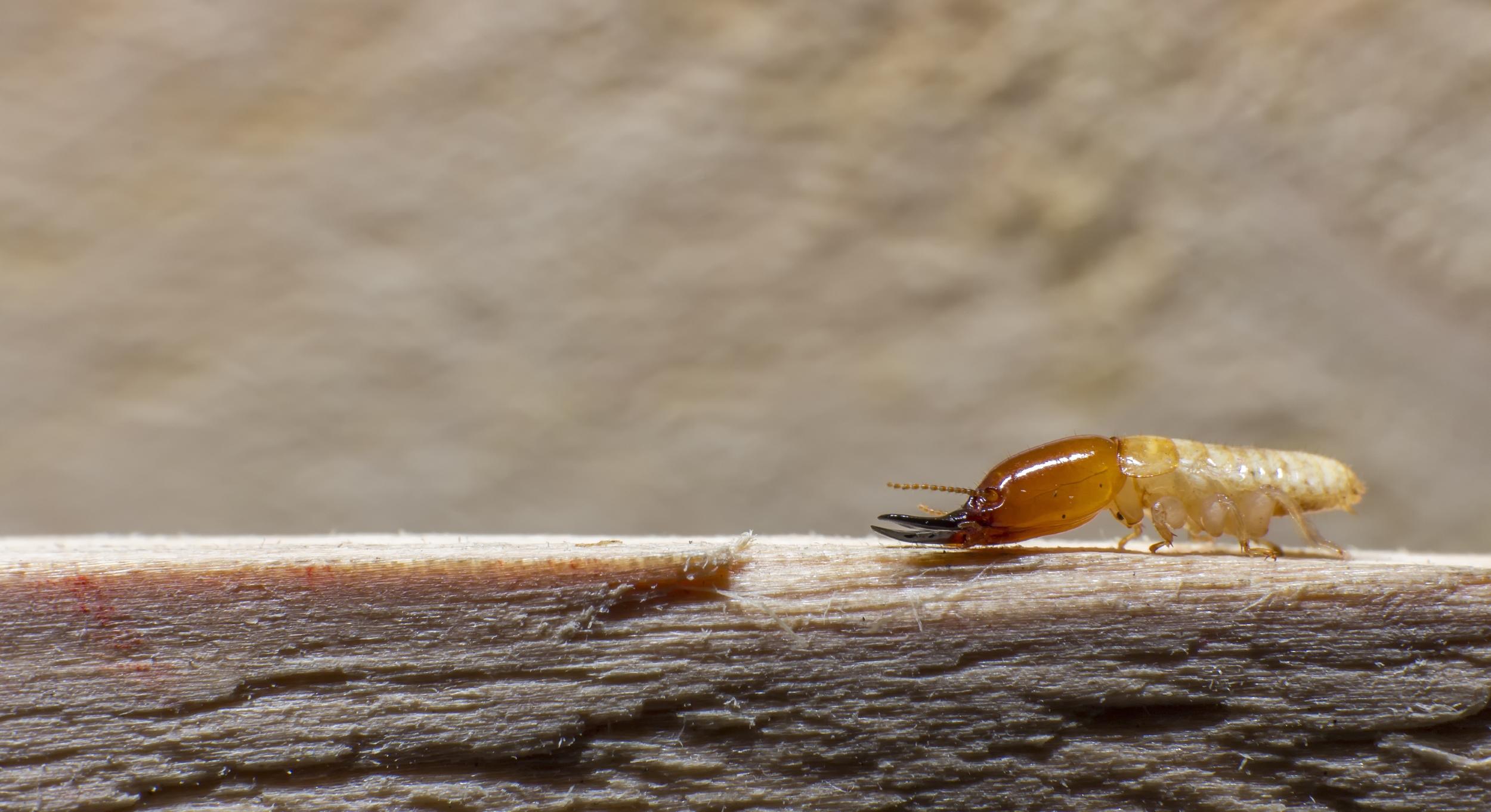
Photot by songpholt on Shutterstock
4. Are there Alternative Methods That May Work in my Home?
It’s completely possible to do some, if not all, of your home’s pest control yourself. Start with these products, which are often found in your home. If one method doesn’t work, try another until you determine what works for you.
- Trap & kill: It’s simple! If you see a bug, trap it and kill it. Fly swatters, mousetraps, fly tape… You definitely have choices.
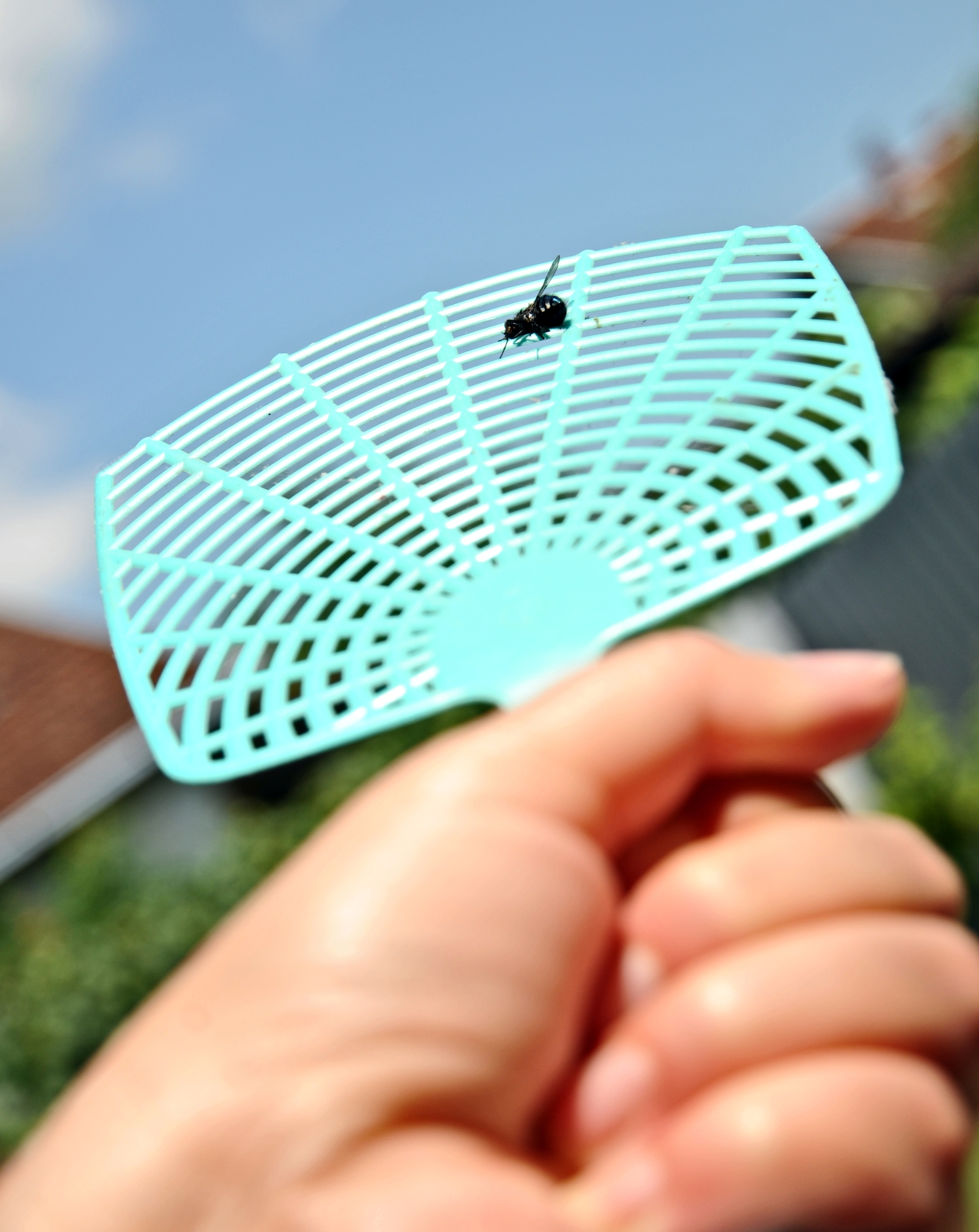
Photo by Tomislav Zvonaric on Shutterstock
- Boric acid: Some pest control companies turn to boric acid before dousing your home in more harmful chemicals, but you can do this yourself by simply sprinkling it around problem areas. Just keep in mind that boric acid, while available many places, is still harmful if ingested. It should be used sparingly and stored away from children and pets. Also, wear gloves when distributing it around your home.
- Diatomaceous earth: This completely natural material made of ground fossilized diatoms works wonders indoors and outdoors (it’s an organic gardener’s best friend!). Again, just sprinkle in problem areas and the insects will ingest and slowly die. The best part? You can even eat this stuff! It’s not harmful in the least.
- Peppermint extract: Most bugs absolutely abhor the smell of peppermint. Once, I noticed a line of sugar ants walking across my windowsill. The remedy was simple: a few drops of peppermint oil mixed with about a cup of water and sprayed where the insects were entering my home. They didn’t stick around for long!
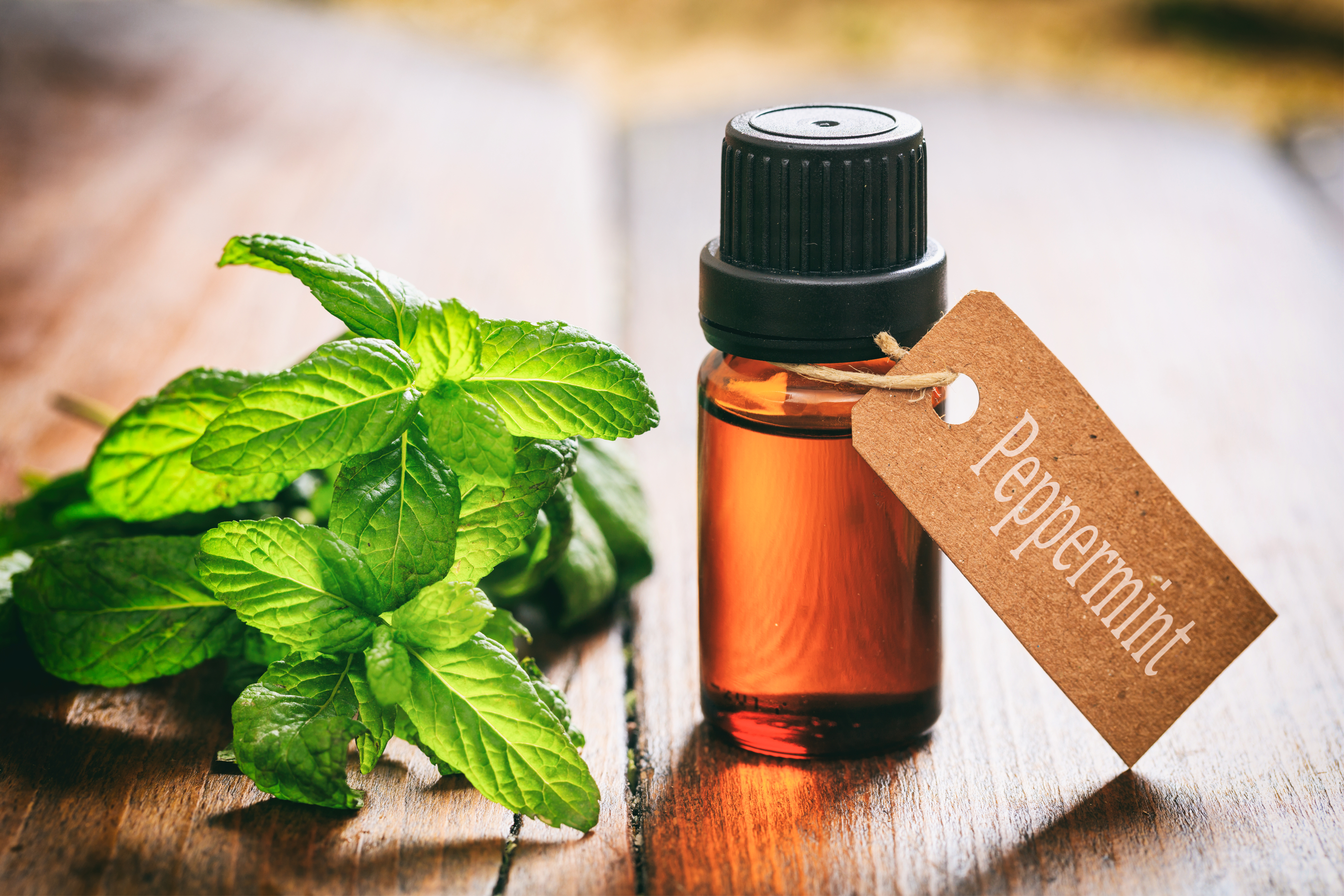
Photo by Tzogia Kappatou on Alamy
5. Do the Pros Outweigh the Cons?
You now know the chemicals often found in high-potency pesticides, which pests to worry about, which ones you could *potentially* live with, and how to handle them yourself. Now, it’s up to you to decide how you’re going to handle the upcoming influx of summer insects.
Do you go DIY natural, hire a pest control service, or do a little of both? It’s a big decision that shouldn’t be taken lightly.
Yea or nay? It’s your call!
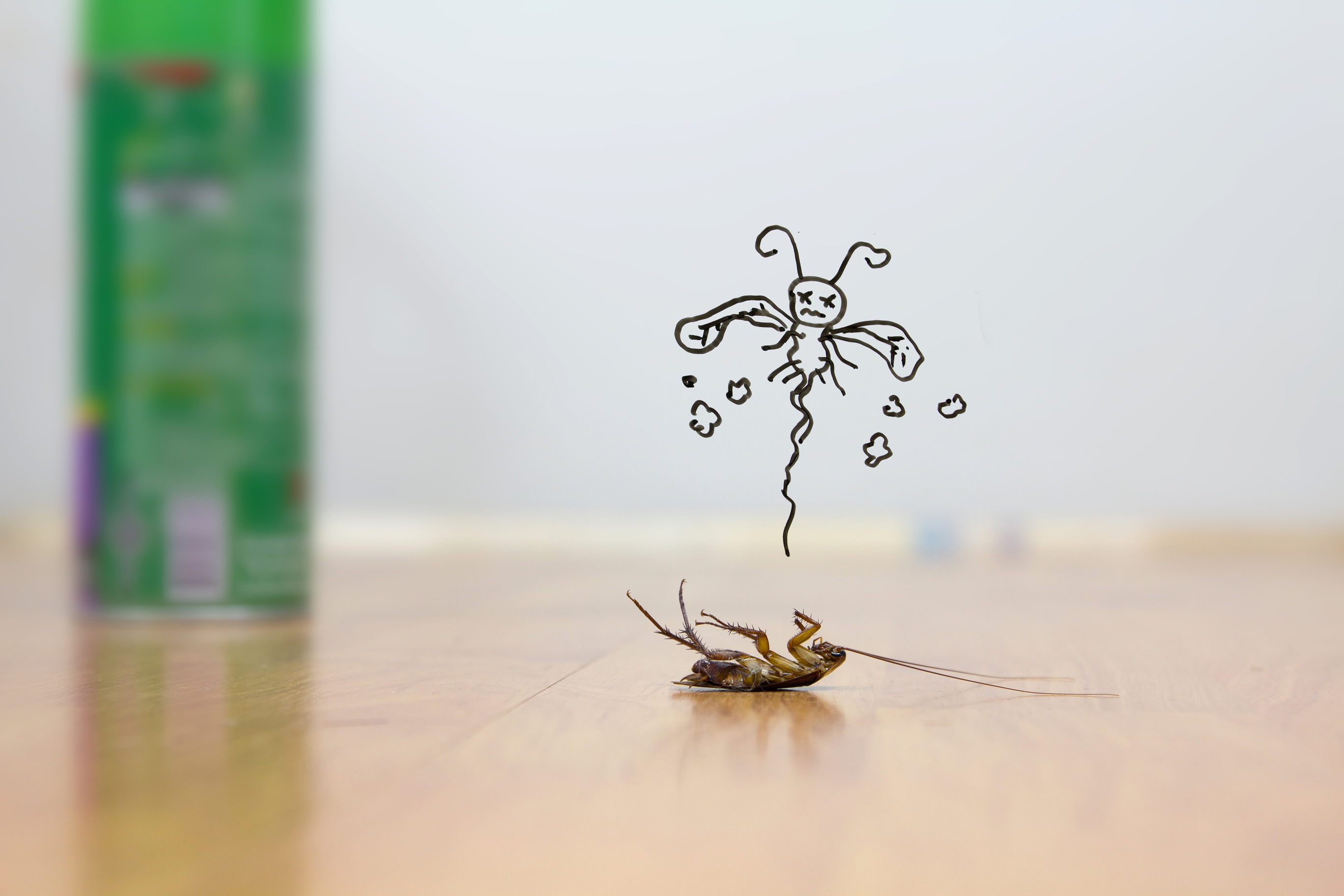
Photo by Worrawit Saengrueang on Dreamstime




